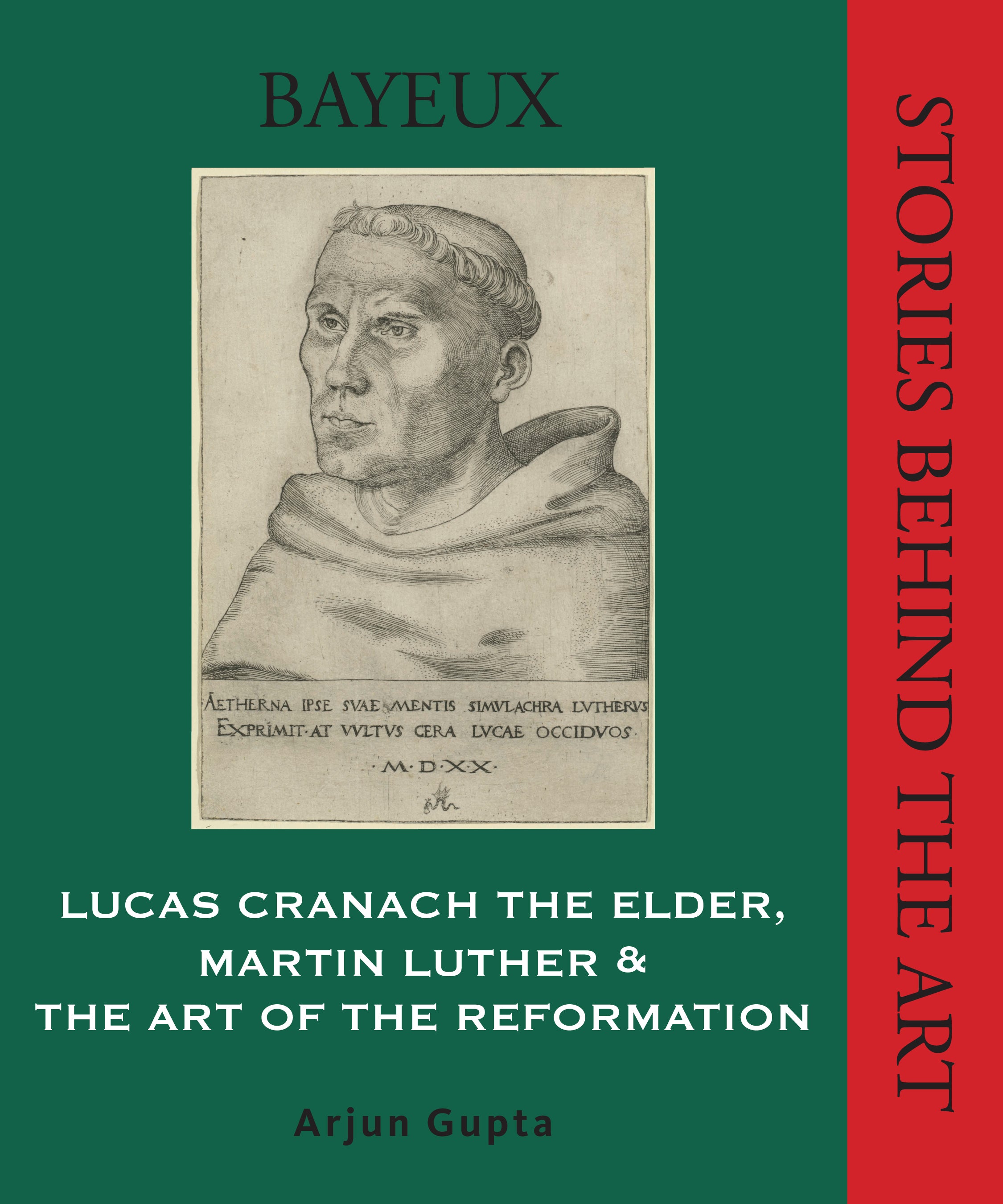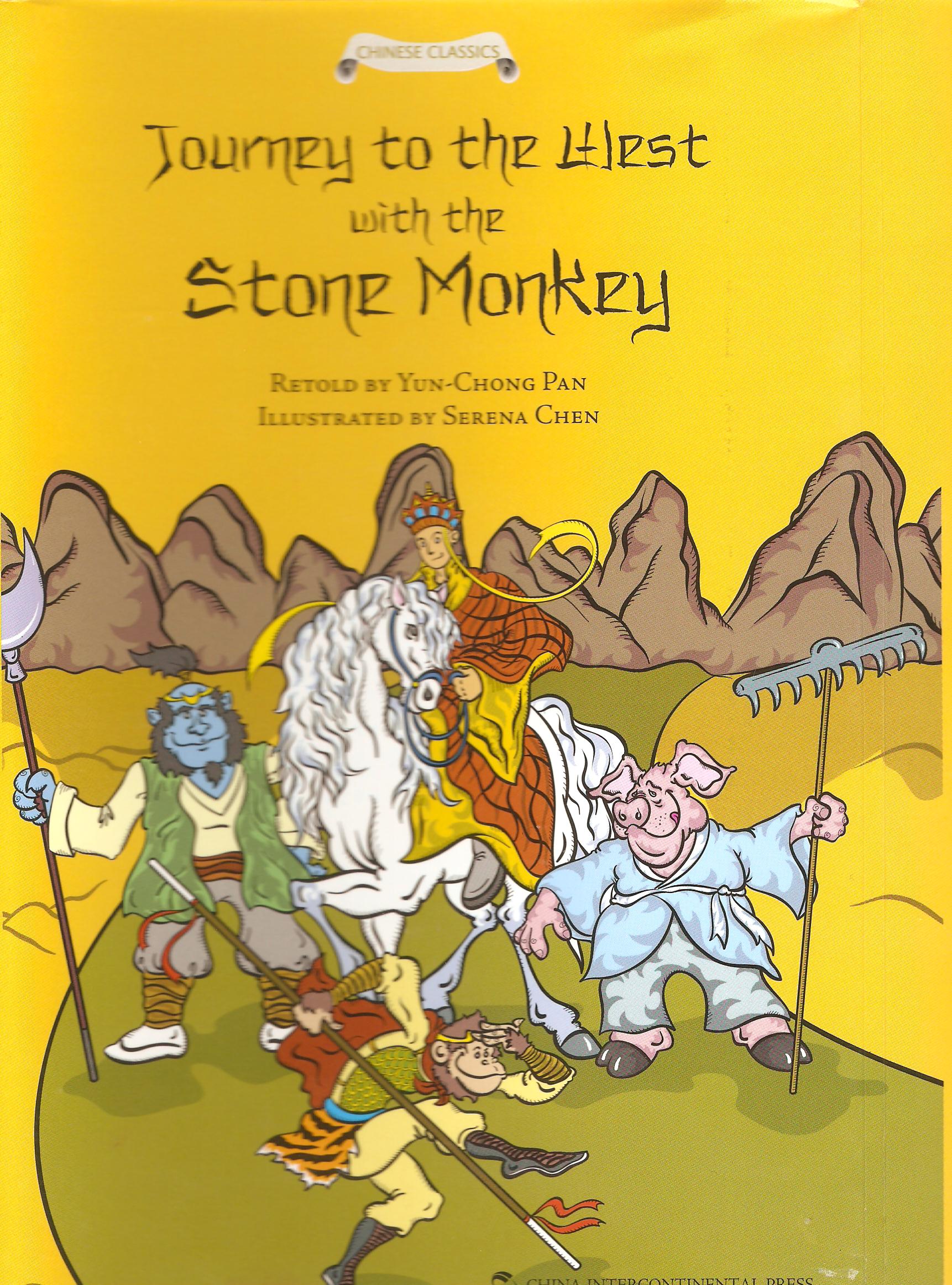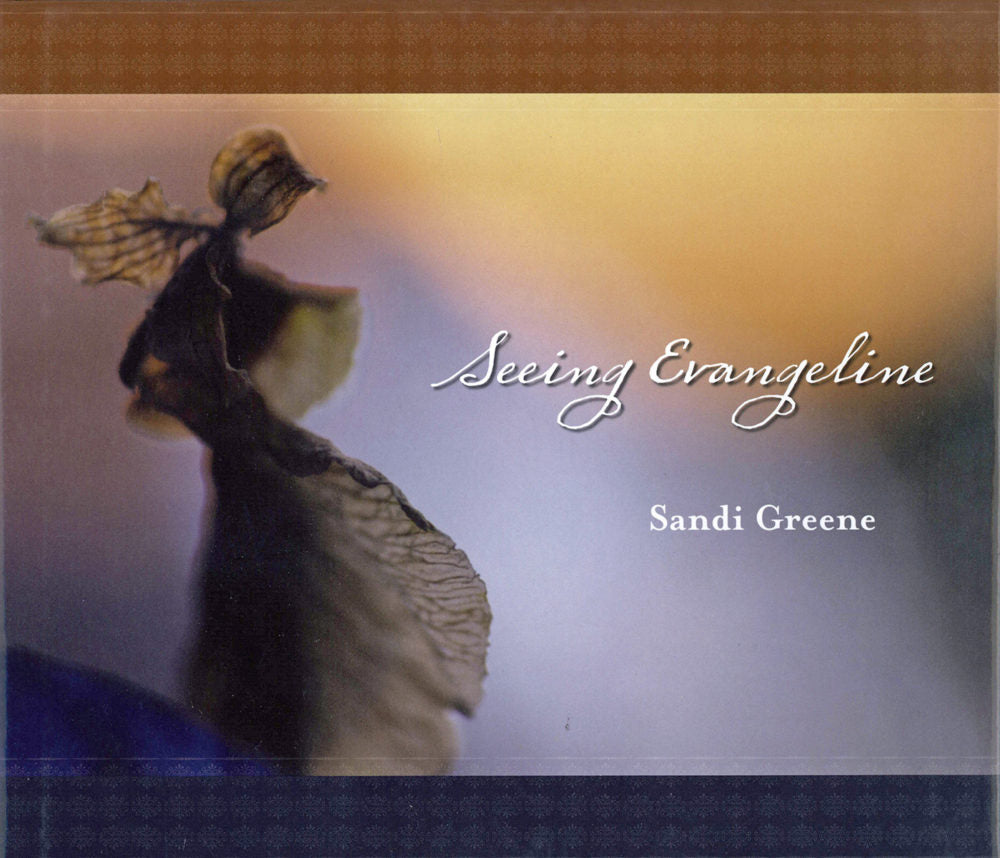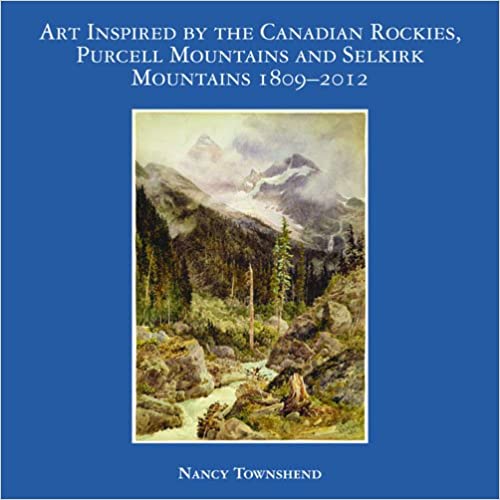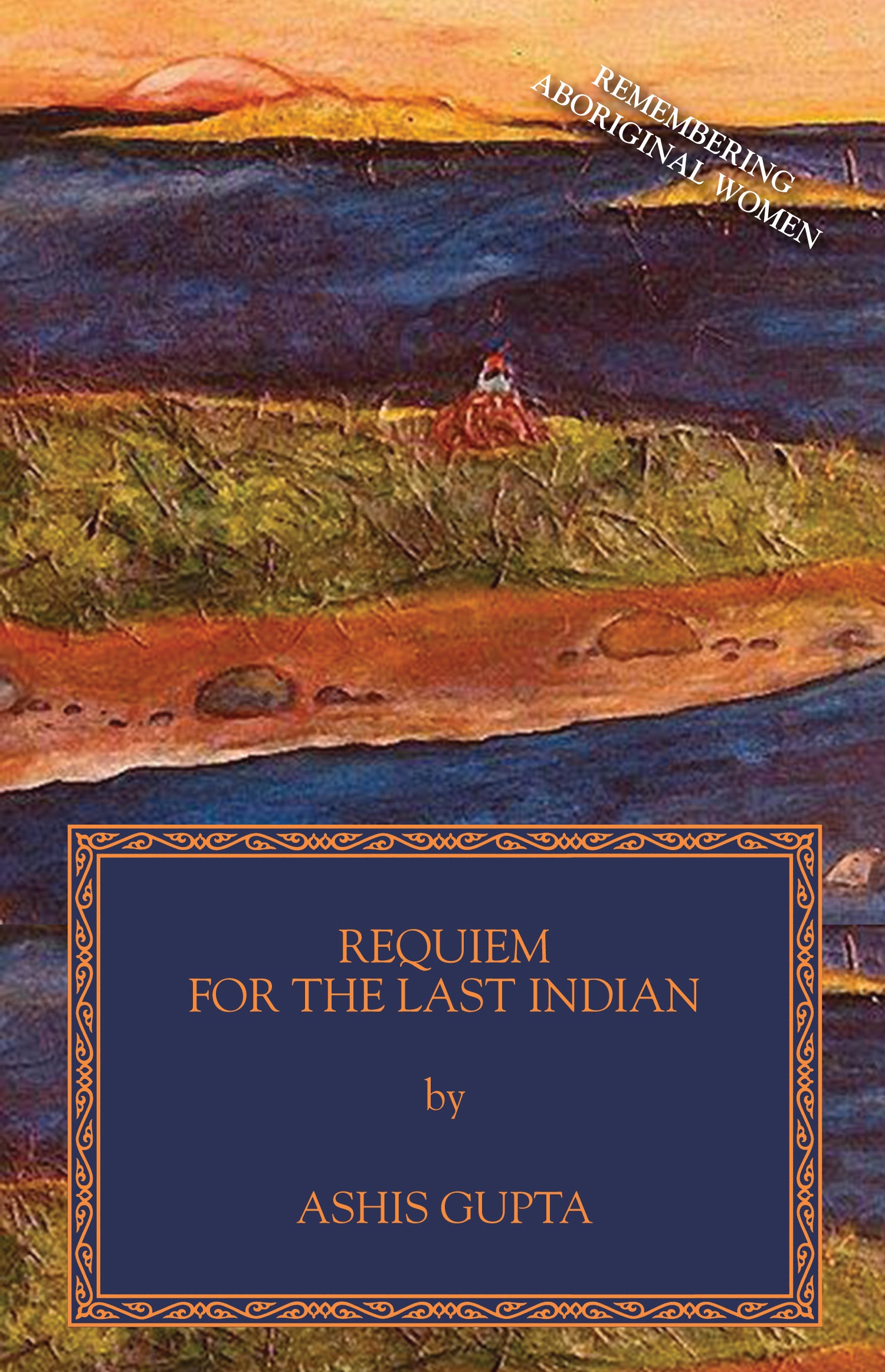
IN PRAISE OF GREATNESS
In Praise of Pope Francis and the Marginalized

Pope Francis in our midst in North America reminded me of a moment of contemplation I was engrossed in in the Basilica of Saint Francis of Assisi about a year ago.
We have been told since how the scourge of Ebola has probably been defeated in Africa. That is great news. But does that mean it is time to forget about those nurses, missionaries, porters, ambulance drivers, grave diggers, janitors and medical personnel who fought Ebola in the front lines?
I had almost forgotten how, at the height of the Ebola crisis, we were consumed by reports of the dreaded disease. That day I remembered.
On October 3, 2014, seven hundred and eighty eight years to the day after Saint Francis of Assisi died, contemplating in the Basilica of San Francisco, with others in a darkened crypt – the burial site of Francis in Assisi – two of us remembered Francis overcoming his fear and horror of lepers not only by creating a hospice for them, but by giving them money and even kissing their hands and cheeks. Our thoughts drifted then, as mine do now again, to the health-care workers tending to victims of the Ebola virus in West Africa, Spain, and in Texas, and to missionaries who have barely escaped death from the disease. Not to mention the brave women and men seen burying victims of the Ebola in West African fields. Like Francis among the dreaded lepers of Umbria, these health-care and other workers must surely have been on a saintly mission. So we thought. They are the saints in our midst, like Francis in his day. Of course, they have their fears and doubts. So did Francis.
Growing up in a middle-class family in India, in possibly one of the most backward states, Bihar, I was often puzzled by the men and women who dragged out the bowls of excrement from our lavatories (out-houses), never crossing the threshold of our homes. Once, at the end of each month, a man or woman would show up at our door, without a lidded, malodourous container balanced on his or her head, and dressed like any other person on the street, to collect a modest payment for their month-long labor.
During my university years in Calcutta (now Kolkata), I rarely saw these “Night Soil Knights and Fairies” as we called them in jest, although, for sure, they existed by the thousands in the sprawling city. The knightly quest crossed nobody’s career path; it was the predestined career of “untouchables” by virtue of their caste. Mother Theresa and her Sisters of Charity brought them back into the margins of our lives, for a while, when she and her order picked up the dying from Calcutta’s garbage-laden streets and stinking back alleys to give them some comfort and final dignity.
Why is it that the saints in our midst remain largely invisible? This was part of our reflections in front of Francis’s bones in Assisi. That morning, we came to the sad conclusion that, in a sense, saints are probably always outsiders. They are really never in our midst, or we might all be touched by saintliness. Mahatma Gandhi chose to call India’s untouchables, “harijans”, or God’s own people. But how many of us have really embraced a harijan? Maybe we are blind to the presence of saints, or choose not to recognize them.
In a society like ours where ‘role models’ abound, whether self-proclaimed or publicly acknowledged, why is it that we never think of saints as role models? Except perhaps occasionally.
We see one such occasion in the life of the former Cardinal Jorge Mario Bergoglio of Buenos Aires, Argentina, who now goes by the name of Pope Francis. His life unfolds each day with fresh wonders – not profundities, but simple truths (often swept under the carpet by others), and a childlike simplicity of non-judgmental attitude, and open demeanor that must be the secret to his happiness. It could be ours too.
The West will never vanish

As long as we have stories, songs and paintings, the West will continue to live. Bayeux Arts has been fortunate in having discovered the great Twin Butte, Alberta, storyteller who is a writer, painter, musician, and real-life cowboy all wrapped in one.
We now have Don’s captivating sketches and stories in three separate titles, for all ages, in “A Young Adult’s guide to the Canadian West”, “Cowboy Memoirs: Postcards and Sketches”, and “Cowboy Embers”, a wonderful accompaniment to evenings by the campfire.
Most of all, we treasure “Spirit of the West: the Art of Don Brestler,” showcasing a collection of Don’s exquisite paintings of the Canadian West, with an excellent and perceptive essay on Western art. The book’s cover art introduces today’s post.
The Canadian West was always a less “roaring” and dramatic west compared to its US counterpart. The landscape may be just as dramatic, the plight of the First Nations just as sad, but the Canadian West has a mysterious quality best captured in song and in films like “Brokeback Mountain”, shot largely in southern Alberta.
When my family and I decided to move from Boston to Calgary in the 1970s, we were reinforced in our decision by Gordon Lightfoot’s “Alberta Bound”, a song we listened to over and over and over again, like a ‘mantra’.
Ostentatious acreages, booming developments, multinational farm companies, even shopping malls, continue to eat away at the Canadian West, slowly but surely. Still, it is possible to escape to the wonder that is embodied in Gordon Lightfoot’s lyric –
‘Oh the prairie lights are burnin’ bright <br>
The chinook wind is a-movin’ in <br>
Tomorrow night I’ll be Alberta bound….’
Or, better still, in Paul Brandt’s lyric-
I’m Alberta Bound<br>
This piece of heaven that I’ve found<br>
Rocky Mountains and black fertile ground
Everything I need beneath that big blue sky<br>
Doesn’t matter where I go<br>
This place will always be my home<br>
Yeah I’ve been Alberta Bound for all my life<br>
And I’ll be Alberta Bound until I die.


